manna moment- Matthew 4:1-17As soon as Jesus was baptized and God said that Jesus was His Son and that He was well pleased with Him, the Spirit led Jesus into the desert for a time of fasting and preparation before His ministry began. During this time, it was not easy. Satan tempted Him, yet Jesus withstood the temptation and responded to Satan’s lies with truth from scripture every time. We know that the Lord loves us for He died for us on the cross, yet that doesn’t mean we won’t still have trying times. If you have hard times remember God’s love for you will never fail and He has given you His Word to be able to counter any lies that Satan might be tempting you with. Desert Food Chain Scramble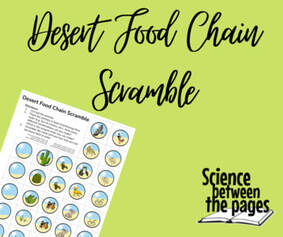 I gave each student group a set of these cards cut and laminated. I absolutely love the art on these cards. The artist (my husband) did such a great job depicting the desert sun, flora and fauna. You should grab these. The students had to sort the cards and place them in as many food chains as they could. They didn't all fit and it left flexibility for different food chains. There are also suggestions printed on the directions so the student's could reference something as they sorted. read aloud- dig, Wait, Listen: A desert Toad's Tale by April Sayre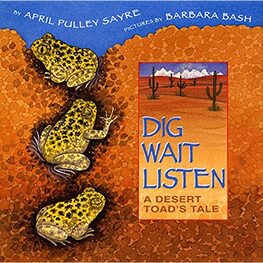 As I read this book, I had the students help me with all the different kinds of sounds. I had quite a rain storm by the end of the book happening. Once we finished the book, I had a life cycle wheel of a frog. I used this to compare the life cycles so that they know how truly quick spadefoot toads develop as a result of the ecosystem they inhabit. Life Cycle of the Spadefoot Toad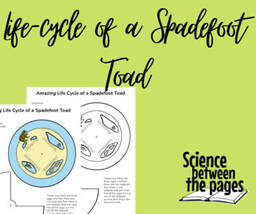 To go along with this book, here is a Life Cycle wheel of the Spadefoot Toad. The illustrations were intentional as there are 3 eggs to begin with but then only two turn into tadpoles. Out of both tadpoles only one survives and becomes a toad. Not all the eggs get to hatch and not all tadpoles survive. In fact these tadpoles live in a puddle in the desert and they have until the puddle dries up to fully develop so they can burrow into the sand until the next rainstorm. The tadpoles, while in the puddle, eat each other which is a big reason that the tadpoles don't all survive. aloe Vera DissectionAloe Vera is a plant also known as a succulent. Succulents have fleshy stems that can absorb and store large amounts of water. Transpiration is a process that plants use to release water into the air during photosynthesis, succulents like aloe vera do not do this. God designed them to have needles instead of leaves so that they don’t lose water. The waxy coat on the aloe vera stems prevents evaporation. First, I had the students observe the outside of the aloe vera stem. They felt it even its spikes. I then dropped some water on the outside of the stem for them to observe what happened. The water just ran off signifying their waxy coat that protects their water storage from evaporation. I introduced the scientific method to the students using this activity. I had the students assist me in the procedures as I cut the aloe vera plant. They were to label the parts of the aloe vera plant on their dissection guide. I cut out some gel for them to taste and they all were able to feel the slickness of the aloe. As a bonus, I brought in little pieces of cactus called Nopalitos for everyone to try as well as some aloe juice. We had a desert feast. aloe vera Dissection guide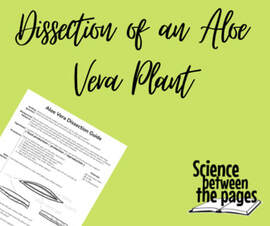 Here is the dissection guide that I followed. The students were able to label the parts of the plant as well as be exposed to how to use the scientific method to answer questions.
0 Comments
Leave a Reply. |
Lead LearnerWelcome! My name is Nicole Fleming and I have been leading science learning in the Bryan/College Station homeschool community for over 10 years. Archives
April 2023
Categories |
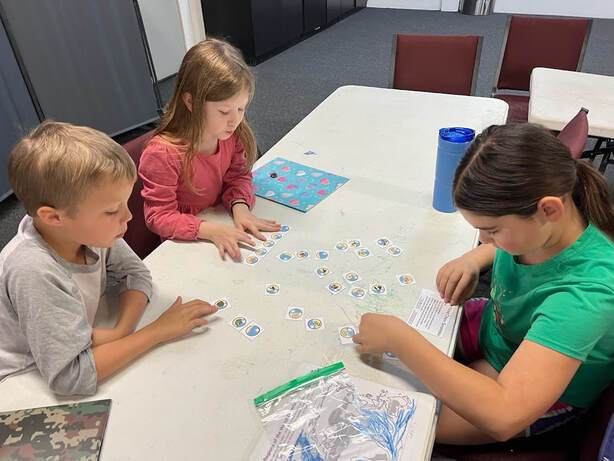
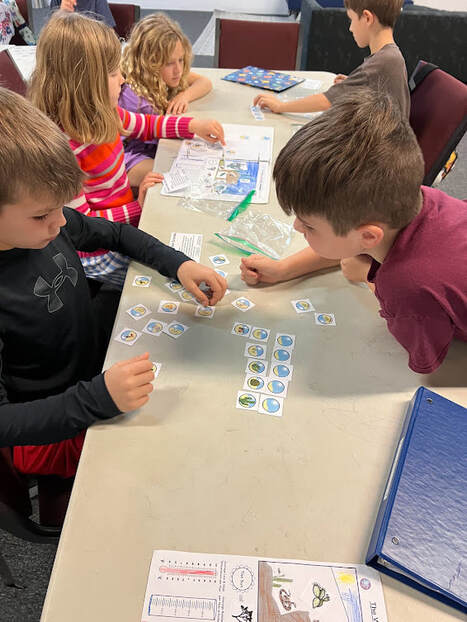
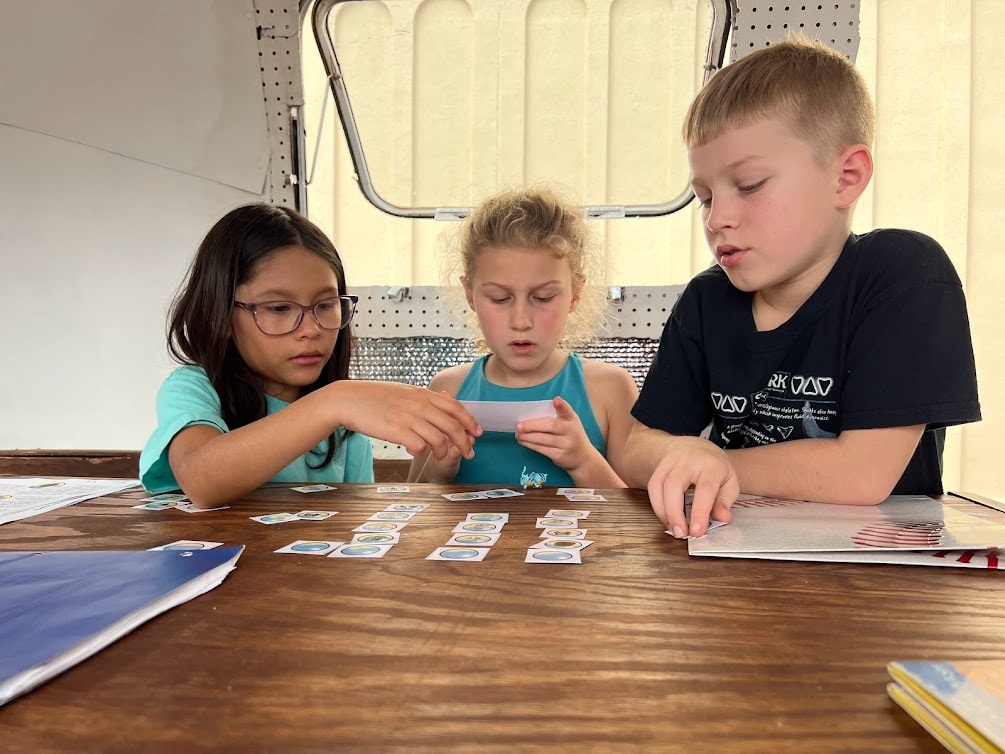
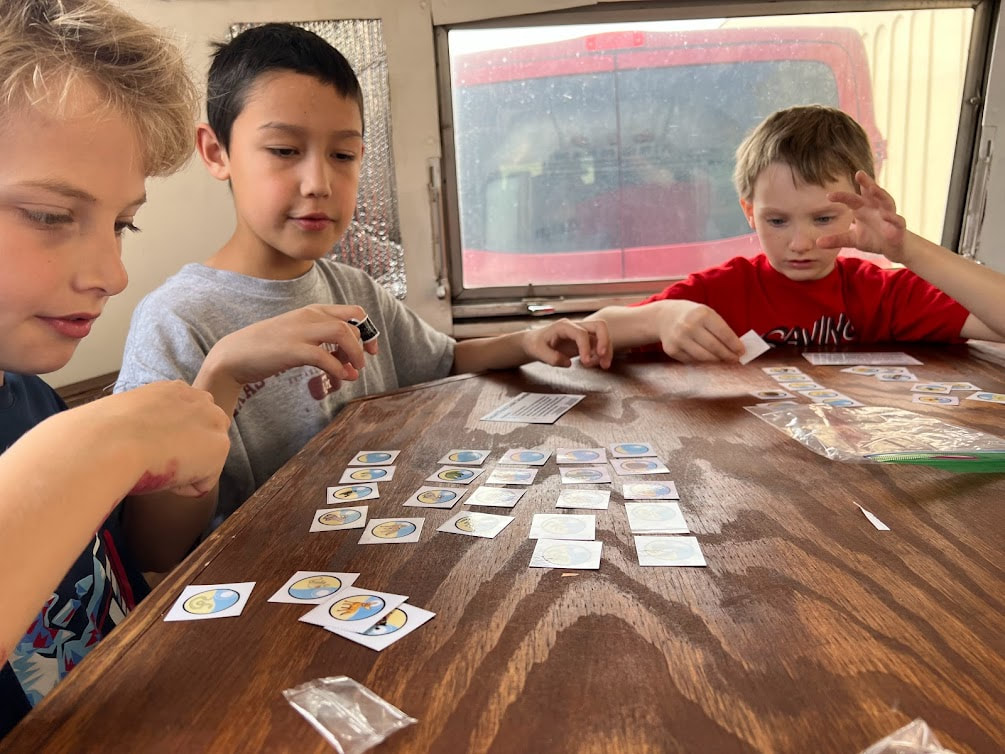
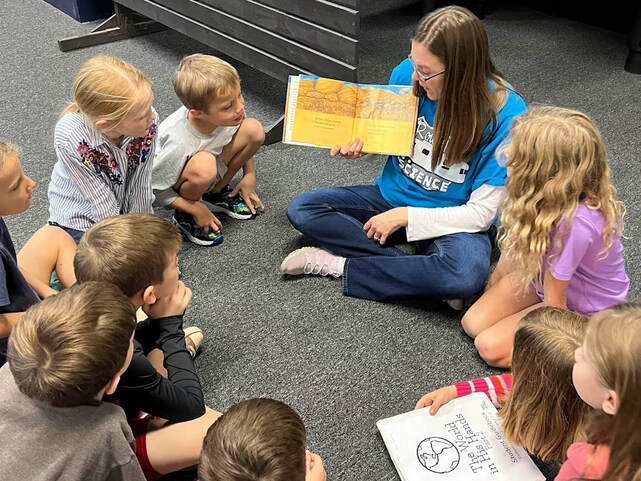
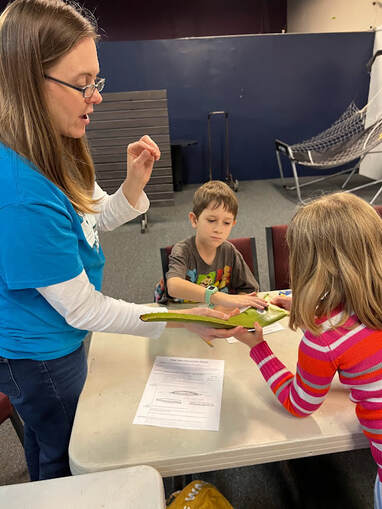
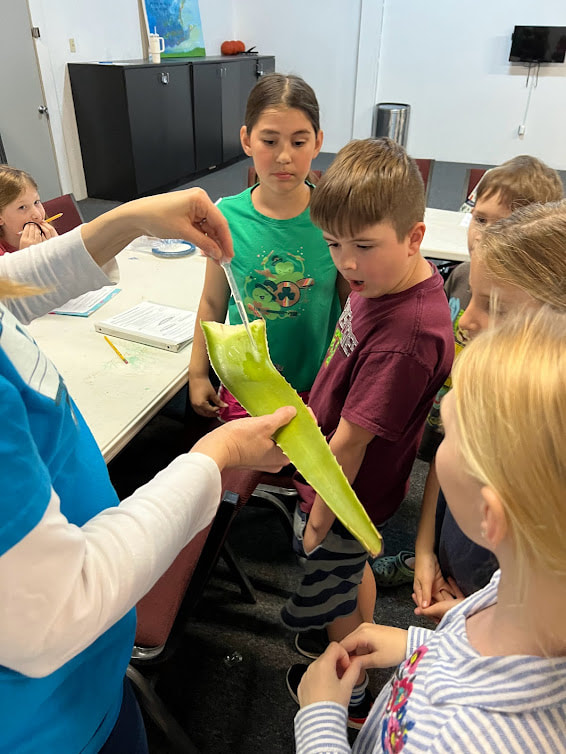
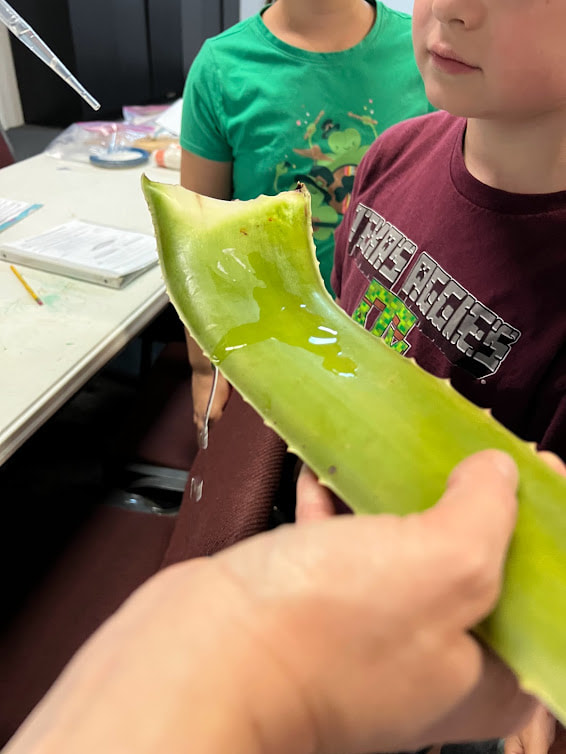
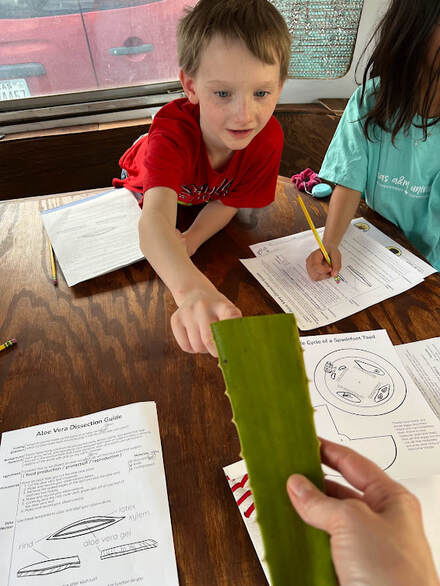
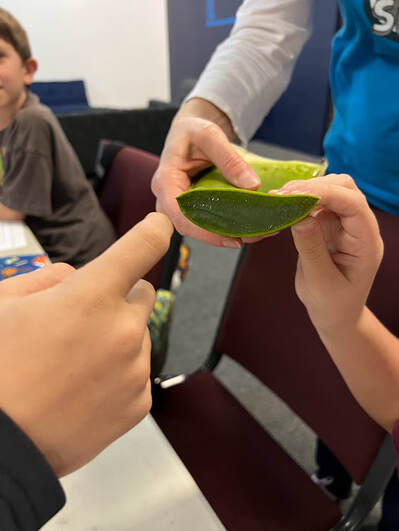
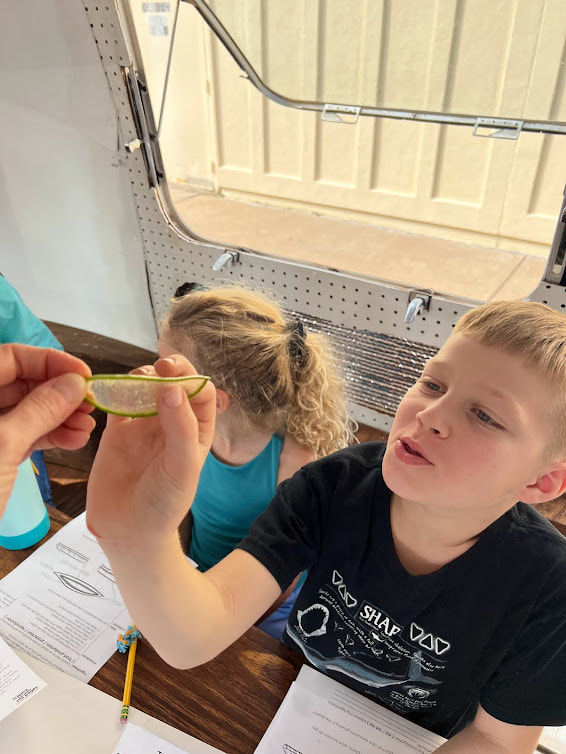
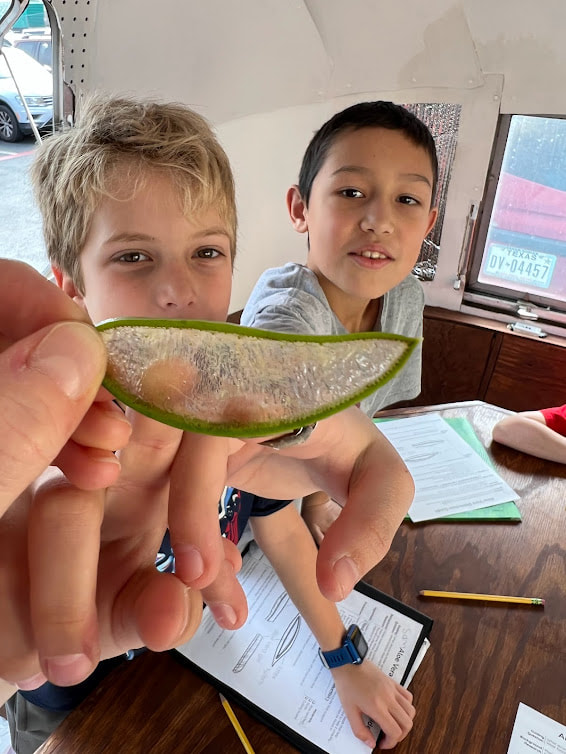
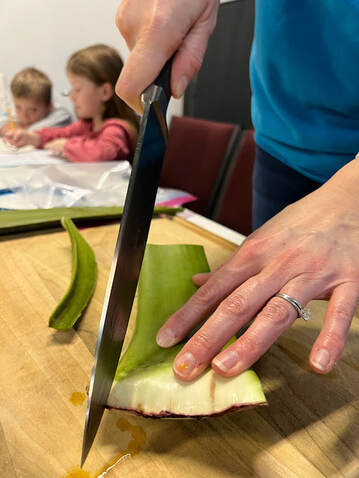
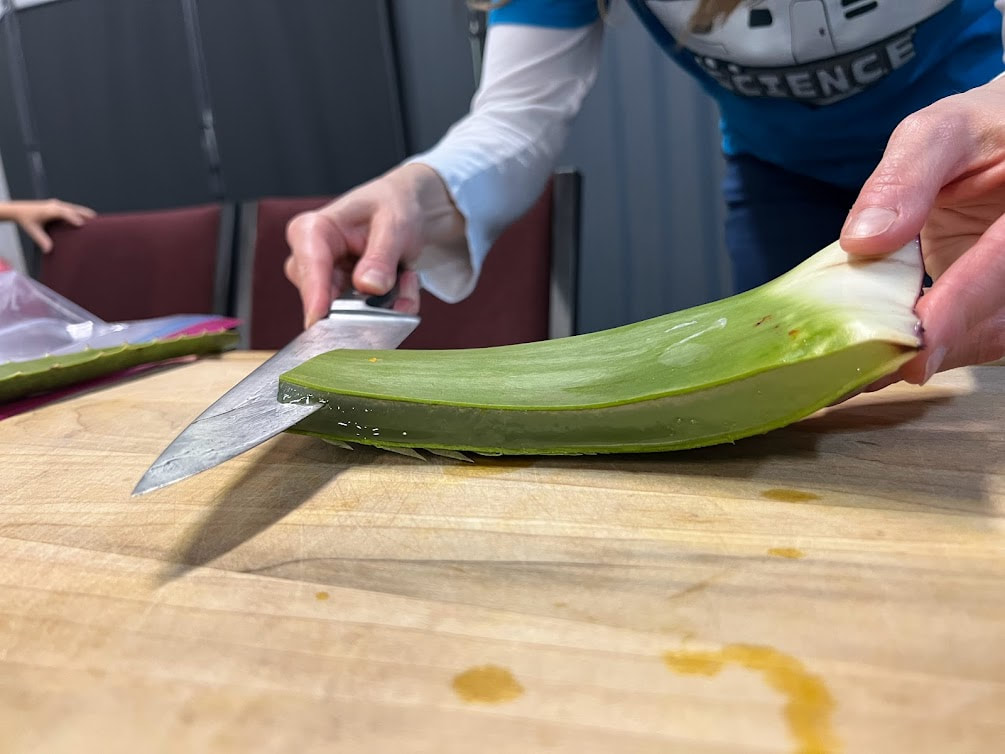
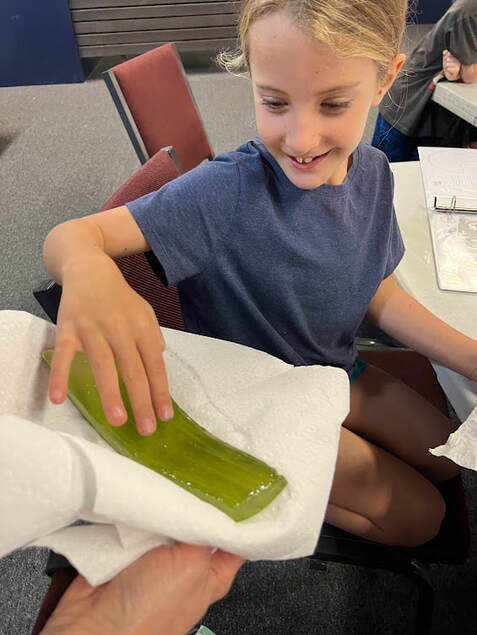
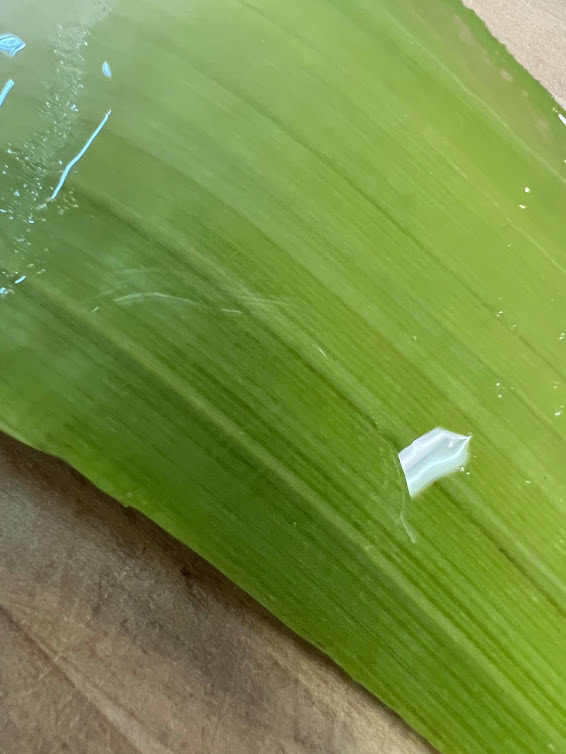
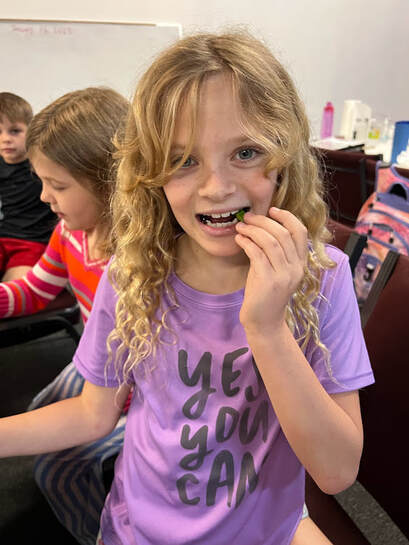
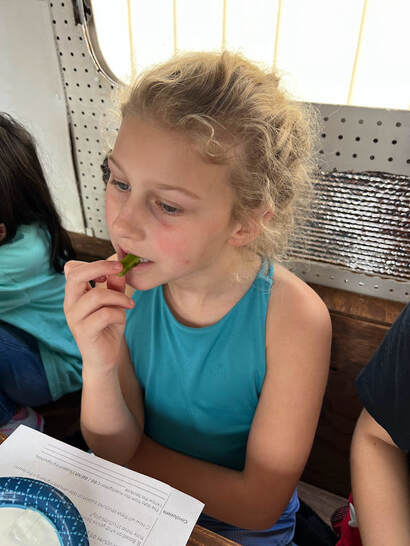
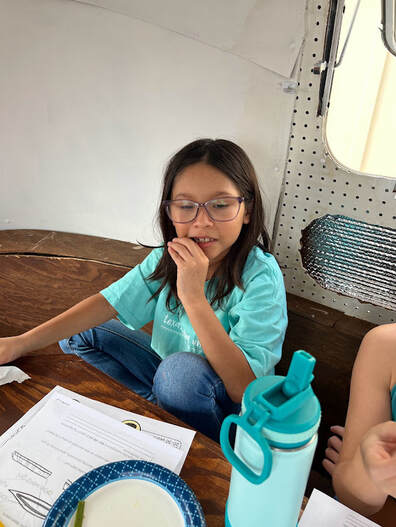
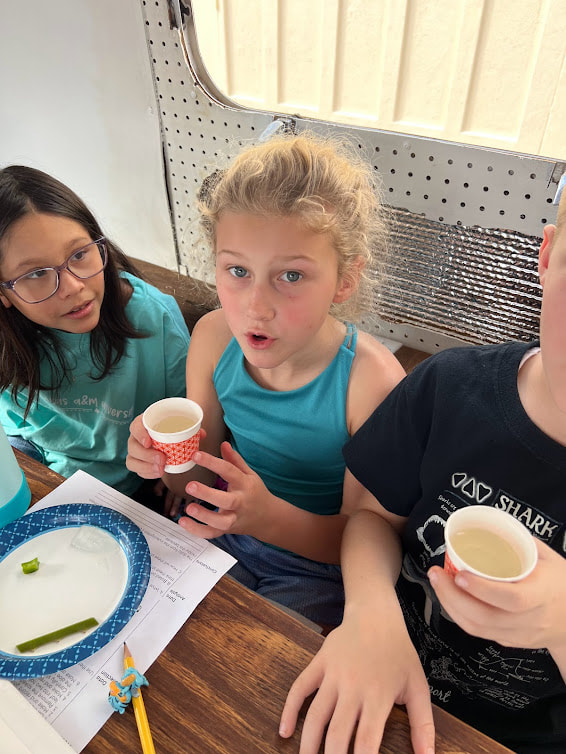
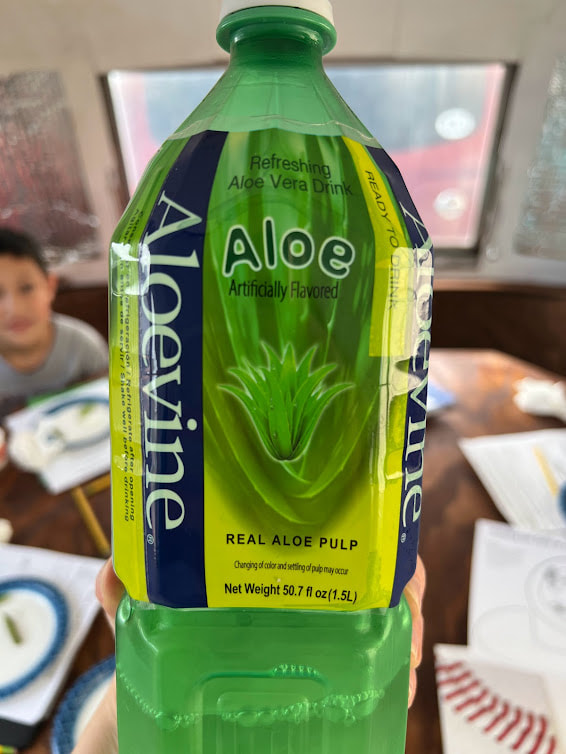
 RSS Feed
RSS Feed